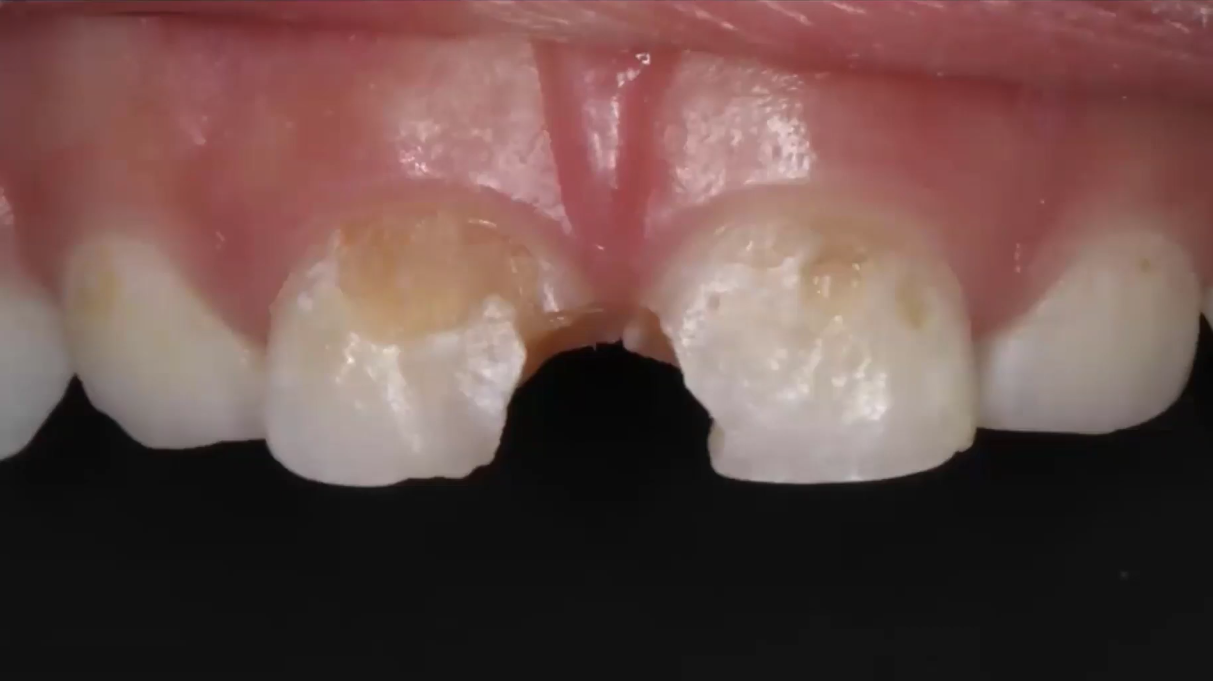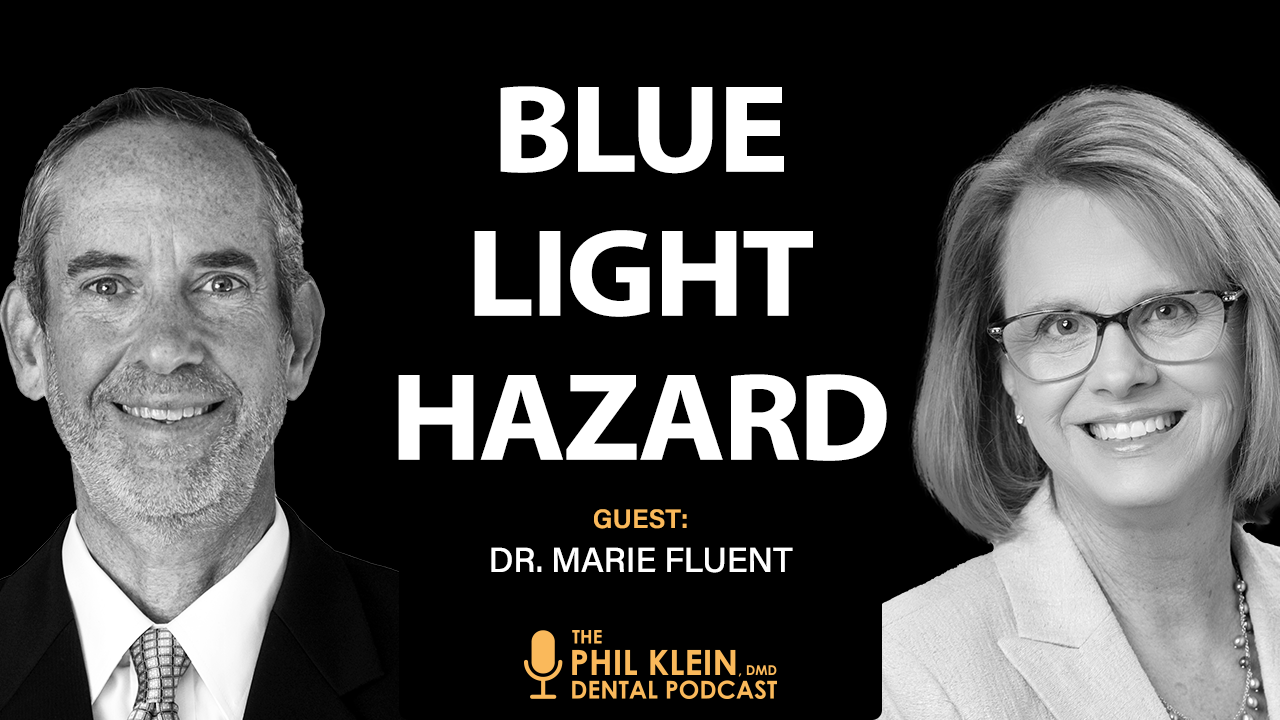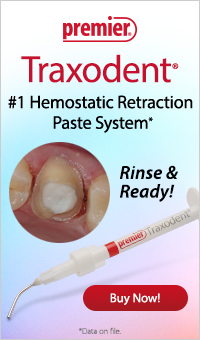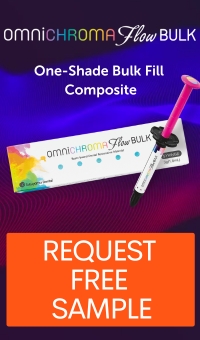
Modern Pulpal Therapy for Primary Teeth: Current Best Practices

Primary teeth may not be permanent, but their importance cannot be overstated. As Dr. Carla Cohn, a general dentist dedicated exclusively to pediatric dentistry, explains, "They're with our kids for a very long time. From the time that they erupt, and keep in mind, the first tooth erupts at the age of six months or so, until the last one exfoliates at around 11 or 12."
These "baby teeth" serve crucial functions in a child's development—enabling proper speech, maintaining space for permanent teeth, and supporting healthy growth. When pulpal disease affects these teeth, timely and appropriate treatment becomes essential to prevent pain, infection, and tooth loss, which can lead to long-term dental complications.
Recent advancements in materials and techniques have revolutionized pulpal therapy in primary teeth. Let's explore the current therapeutic approaches available to preserve pulp vitality and maintain these important teeth until natural exfoliation.
The Progression of Pulpal Therapy Options
When addressing compromised primary teeth, dentists have several therapeutic options at their disposal, ranging from conservative to more aggressive:
- Protective Liner - For deep lesions with no pulp exposure
- Indirect Pulp Cap - For cases where decay remains
- Direct Pulp Cap - For non-carious, pinpoint exposures
- Pulpotomy - For vital teeth with carious exposures
- Pulpectomy - For non-vital primary teeth
Let's examine each approach and the latest evidence-based recommendations.
Protective Liners: The First Line of Defense
When dealing with deep lesions where all infected dentin has been removed, protective liners serve as thermal protection for the pulp.
"We need to protect that pulpal tissue," Dr. Cohn explains. "We want to have a liner that's going to give us some advantages, not just the thermal protection. So use something that's got a calcium silicate in it that's going to give back to the tooth that's going to help to repair as well."
Modern calcium silicate materials not only protect the pulp from thermal changes but actively contribute to the tooth's repair process.
Indirect Pulp Cap: The Most Successful Approach
For cases where some decay remains, selective caries removal followed by an indirect pulp cap has emerged as the preferred approach.
"Our indirect pulp therapy is the most successful type of vital pulp therapy that we can do for our kids," Dr. Cohn shares, referencing a 2024 review published in the Pediatric Dentistry Journal. "It decreases the cost, it decreases the time in the chair, and it is an increased success rate."
Two common approaches for indirect pulp therapy include:
- Silver diamine fluoride (SDF) - Applied to arrest caries before restoration
- Resin-modified calcium silicate materials - Easy to use, can be light-cured, and supports healing of the tooth
Direct Pulp Cap: When to Consider It
Though direct pulp caps on primary teeth have traditionally shown lower success rates, improving materials are changing this outlook.
For non-carious exposures where bleeding is minimal and controlled quickly, a direct pulp cap may be considered, particularly:
- When the exposure is from trauma or mechanical (not carious)
- When the tooth is close to natural exfoliation
- When patient cooperation is limited
"If I have a pinpoint exposure, if it's from trauma or if it's a mechanical exposure, and the tooth is not far from exfoliation, or I have a child losing their ability to cooperate for the appointment, then yeah, let's go ahead," notes Dr. Cohn.
The material of choice is crucial: "When we're doing our direct pulp cap or our indirect pulp cap, the TheraCals are really great materials. TheraCal LC® is a light-cure material that’s from BISCO," recommends Dr. Cohn. “TheraCal PT® is a similar product, but it’s a dual cure material. And what I love about TheraCal PT® is its versatility. It can be used for direct and indirect pulp capping, as a protective liner, or for pulpotomy treatments.”
[blogad]
Pulpotomy: Moving Beyond Outdated Materials
Pulpotomies have undergone significant evolution in materials used:
"Pulpotomies have changed dramatically in the last 10 years in terms of what materials we're using. Years ago, we were using formocresol and ferric sulfate, and those are just not recommended anymore."
Current best practices favor MTA and resin-modified calcium silicates like TheraCal PT® (BISCO).
TheraCal PT®:
- Dual-cure product designed specifically for pulpotomies
- High success rates supported by recent 2024 research
- Easy application with dual-barreled syringe
Restoring Teeth After Pulpal Therapy
The choice of restoration after pulpal therapy significantly impacts success rates:
- Full coverage (stainless steel crown or prefabricated esthetic crown) has traditionally shown 20% higher success rates
- ACTIVA™ BioActive Bulk Fill (Pulpdent) - Recent research shows promising results with minimal microleakage
For stainless steel crowns, Dr. Cohn recommends cementing with resin-modified glass ionomer cements like:
-
FujiCEM® (GC America)
-
RelyX™ (Solventum, formerly 3M)
-
Riva (SDI)
Pulpectomy: When and How
While less common in North America than in other regions, pulpectomies may occasionally be necessary:
"But every now and then we'll get that tooth that we just need to save. It's an anterior tooth, for example, and the parent just doesn't want to have it extracted."
For these cases:
-
Fill with materials like DiaPex® or Vitapex® that will resorb with the tooth
-
Use specialized thin-tipped syringes for backfilling technique
Future Directions in Primary Pulp Therapy
Looking ahead, Dr. Cohn predicts a continued trend toward minimally invasive approaches:
"We're going to be moving more and more to minimally invasive dentistry, leaving more carries behind and sealing it off so that we can go in less and less to that tooth, and anytime we can minimize the contact with that tooth, I think that's a benefit to everybody."
Key Takeaways for Clinical Practice
-
Prioritize indirect pulp therapy when possible - it shows the highest success rates with fewer complications
-
Choose bioactive materials like calcium silicates for both direct and indirect pulp caps
-
Use MTA or resin-modified calcium silicates (such as TheraCal PT®) for pulpotomies
-
Consider full coverage restorations or newer bioactive materials for final restorations
-
Stay current with research - materials and techniques are rapidly evolving in this field
-
Remember the developmental and social importance of preserving primary teeth until natural exfoliation
By implementing these evidence-based approaches to pulpal therapy in primary teeth, you can help ensure your pediatric patients maintain healthy, functional dentition throughout their developmental years, setting them up for long-term oral health success.
To learn more about hands-on training in pediatric dentistry techniques, visit Dr. Cohn's website at LitSmileAcademy.com.
























